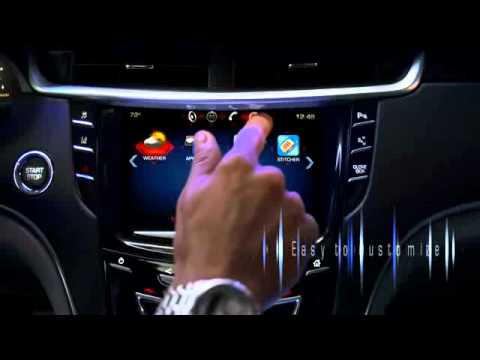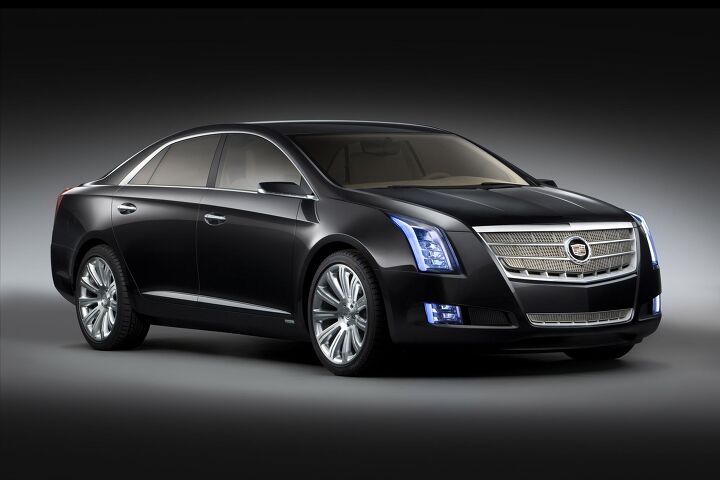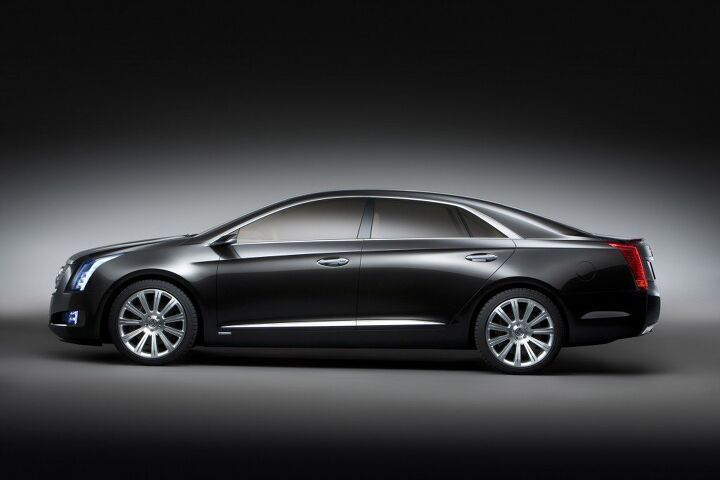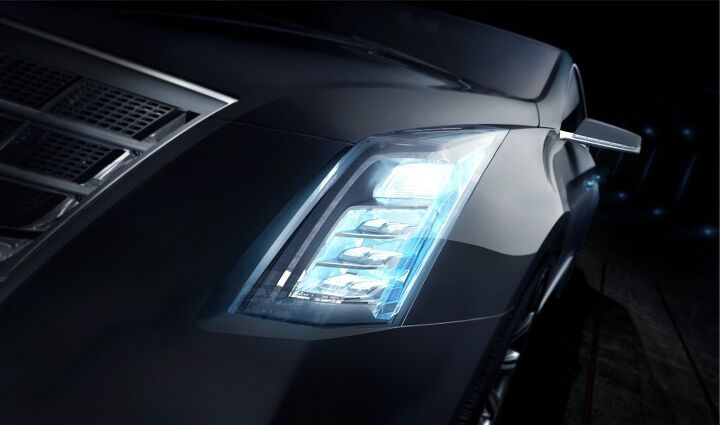#xts
Cadillac XTS: The High-Tech… Livery Car?
Though we haven’t even seen a production version yet, Cadillac’s forthcoming XTS has already lived a full, controversy-laden life. Initially suggested as a replacement for the DTS/STS, the Cadillac faithful quickly recoiled at the idea of a luxury “flagship” based on a stretched version of the Epsilon II midsized platform that underpins the Buick LaCrosse and Chevrolet Malibu. But with the Cadillac Ciel Concept showing the way forward for a “true” Caddy flagship which will eventually become the brand’s standard-bearer, the XTS’s role has been somewhat redefined. Expectations for the XTS were walked back by GM CEO Dan Akerson, who famously said that it was
not going to blow the doors off, but will be very competitive
And this week the enigma that is the XTS only deepened, as Cadillac announced two bits of seemingly contradictory information about it: first, that it would spearhead a new high-tech interface (see video above) and second, that it would mark GM’s return to the livery car business.
GM Approves Cadillac XTS For Production, Lincoln MKS/Taurus SHO Benchmarked?
Motor Trend reports that Cadillac’s long search for a flagship is over. After debating a number of options, including importing a stretched Chinese-market STS, GM has decided that the “Super Epsilon”-based XTS will be the future range-topper for its luxury brand. The XTS was developed on a stretched version of the platform that underpins GM sedans including the Buick LaCrosse, Chevy Malibu and the forthcoming Buick Regal, and was shown in concept form as the XTS Platinum concept at the Detroit Auto Show. That concept was shown with a theoretical plug-in drivetrain made up of Cadillac’s 3.6 liter DI V6 and the plug-in components from the canceled Vue plug-in, and according to MT, the recent cancellation of the Converj plug-in means “there’s profit and green image to be had in the plug-in XTS.” Until that technology is production-ready, choosing the XTS’s engine options will be an interesting challenge.
Cadillac XTS: The Phantom Flagship
The Cadillac XTS Platinum Concept, which debuts today at the NAIAS, is a look at the new Cadillac flagship which goes into production in early 2012. The XTS’s brief is to replace the moribund DTS and STS sedans, a task that Cadillac desperately needs done properly if it wants to be taken seriously as a luxury competitor. So why is the XTS concept little more than a glorified Buick LaCrosse?
Cadillac: In With The New, And Let's Keep The Old Stuff Too
Cadillac is showing off this teaser of its XTS concept, previewing the look of its forthcoming “ flagship.” It’s edgy, it’s wedgy… too bad it’s almost certainly another Epsi-II variant in a GM lineup that hardly needs another. And while Cadillac keeps GM’s perpetual tease going, it’s come to our attention that the brand has become the carrier of a now-expired GM legacy, visible after the jump.



















Recent Comments